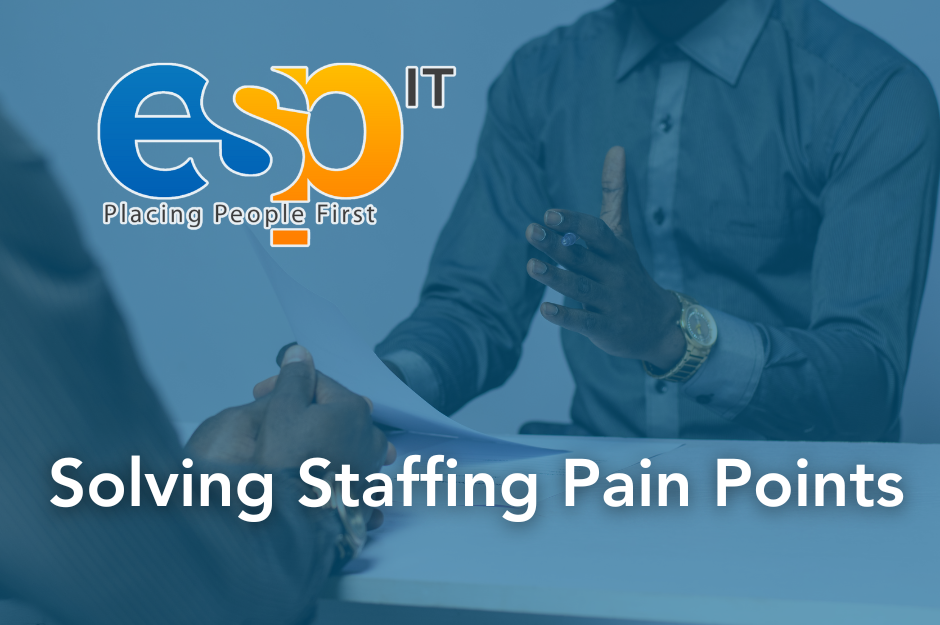LinkedIn is a great way to provide a virtual resume. However, users sometimes try to simplify things by ignoring details, processes, and steps which they feel are too complicated or unnecessary – but such a mindset could cost you your next great IT gig. The ESP IT team sheds some light on skills, recommendations, endorsements, and more. Here are some tips on how to update your profile and stand out!
Your Skills Section is as Important as Your Experience Section
Listing skills at the bottom of your LinkedIn page is not an arbitrary matter. Recruiters want you to highlight the skills that you’ve learned working in the various positions included on your profile. These skills also help them as they search through consultants’ profiles to determine whether or not you might be a good fit for an IT contract gig.
Keep Your Skills Updated
Even if you’re not on the hunt for a new gig, it’s important that you keep your skills up-to-date so that you can market them in the future. If you want to be visible, have a robust and detailed profile. One tip for those who want to stay updated but aren’t searching for new opportunities is to turn off your updates; this will allow you to include new skills on your profile when you acquire them, without broadcasting to the LinkedIn community.
Let Recommendations and Endorsements Serve as Virtual References
The recommendations on your profile help validate your professional claims. Recommendations and endorsements provide recruiters with a way to assess candidates by giving them an idea of the quality of work consultants have put forth in the past, based on feedback from clients or coworkers. By far, a solid recommendation is the best addition to your LinkedIn profile. This is especially invaluable to consultants who have had more short-term engagements than long-term, as it shows hiring managers that even those brief experiences were valuable. Adding both a narrative in your summary (see our Part 1 Blog in this series) and a recommendation to support your shorter term engagements will have recruiters reaching out to you with great opportunities in no time. Conversely, because endorsements are given with a single mouse-click, they can sometimes be rather arbitrary. It’s important that you consider the types of connections who have endorsed you, and ask valuable connections for their endorsements.
Additional Tips
- Especially in the IT industry, proficiency with certain technologies could make or break your qualification for a gig. Dishonesty will ultimately end up hurting you, not providing more opportunities.
- Periodically check your LinkedIn profile to protect against hacks. Anything unprofessional that gets added, even if it’s done ‘lightly’ or as a joke by a friend, will reflect you negatively and could cost you a position.
- Many LinkedIn users will list the college or university that they attended, but will not include their degree. Without that clarification, recruiters are likely to assume that you attended college but did not graduate.
- Your activity on LinkedIn can be just as important as what your profile looks like. Does your activity show that you have been proactive as an IT consultant by being involved in networking events, engaging in posts and blogs that your company releases (if employed), and posting relevant IT articles?



